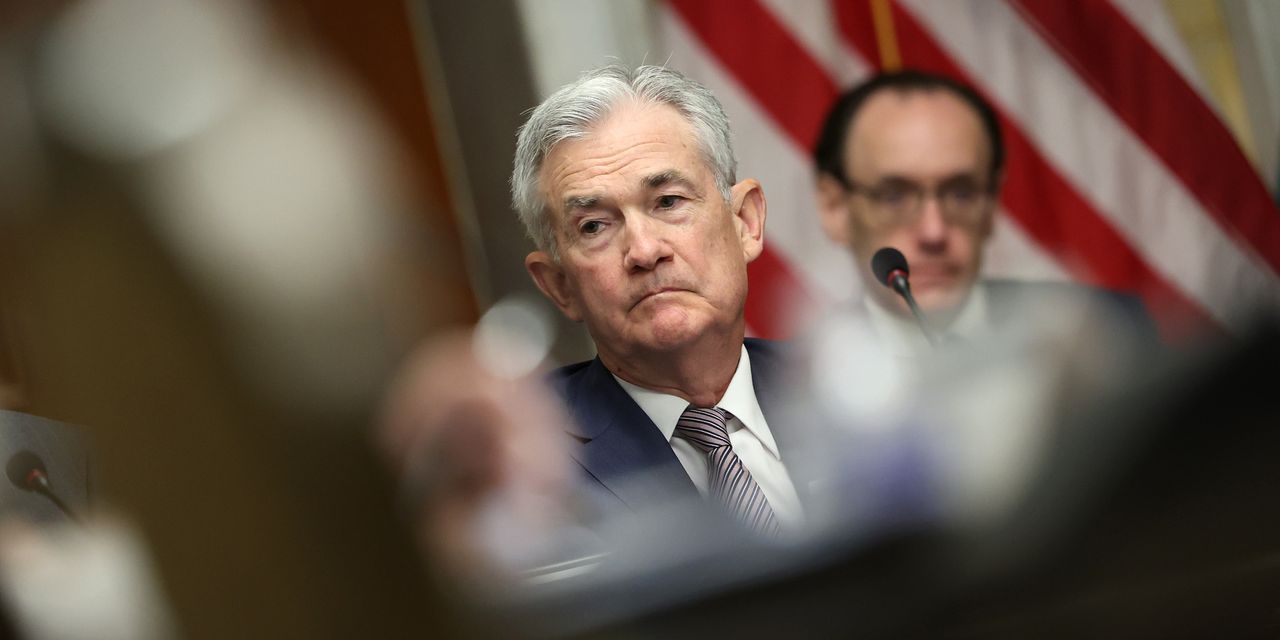
The Tell: Fed may need to raise interest rates up to three more times, Vanguard says
Kevin Dietsch/Getty ImagesVanguard, the mutual-fund powerhouse with $8.1 trillion in assets under management as of August, said the Fed may need to continue hiking interest rates further than many people expect and keep borrowing costs high through late 2024. Joseph Davis, chief global economist and head of the Vanguard Investment Strategy Group, cited a substantially higher neutral rate of interest since the 2007-2009 recession as one big reason why the central bank might need to hike one to three more times after pausing on Wednesday. A neutral rate of interest is the level of monetary policy that’s neither stimulating nor restricting economic growth. The higher it is, the tighter that Fed policy has to go in order to make a meaningful impact on the economy and inflation. The view held by Davis, which was released on Tuesday, is more hawkish than that of fed funds rates traders, who now see a more than 50% chance that the Fed is done for the rest of the year. Those traders mostly expect the Fed to hold rates between current levels of 5.25%-5.5% before cutting them in the middle or second half of 2024.Davis also put a 70% likelihood of the U.S. falling into a recession in the next 18 months, saying that “a soft landing is still possible, but not probable in our view, as it would require an unlikely ‘painless disinflation process’” — a scenario in which inflation moves back to the Fed’s 2% target without slowing demand in the world’s largest economy. Just hours ahead of the Fed’s policy announcement on Wednesday, Vanguard released a separate statement advising investors to avoid reacting to headlines and highlighting the benefits of a balanced portfolio.“Market timing is extremely difficult, even for professional investors, and is doomed to fail as a portfolio strategy,” according to Wednesday’s note by Todd Schlanger, a senior investment strategist at Valley Forge, Pa.-based Vanguard. “In Vanguard’s view, chasing performance and reacting to headlines are losing strategies and often result in buying high and selling low.”Vanguard’s research shows “that over a 25-year span, even when investors successfully anticipated economic surprises 100% of the time, their annualized return would have only been 0.2 percentage point higher than a traditional balanced portfolio of 60% U.S. stocks and 40% U.S. bonds.”The term 60/40 has been expanded over the years to include a range of other balanced allocations, such as those with a 70/30 or 80/20 mix of stocks and bonds. As of late Wednesday morning, U.S. stocks DJIA SPX COMP were mostly higher ahead of the 2 p.m. Eastern time release of the Federal Open Market Committee’s policy statement. Meanwhile, 2- BX:TMUBMUSD02Y and 10-year Treasury yields BX:TMUBMUSD10Y slipped from their highest closing levels since 2006-2007.
Market Pulse Stories are Rapid-fire, short news bursts on stocks and markets as they move. Visit MarketWatch.com for more information on this news.


